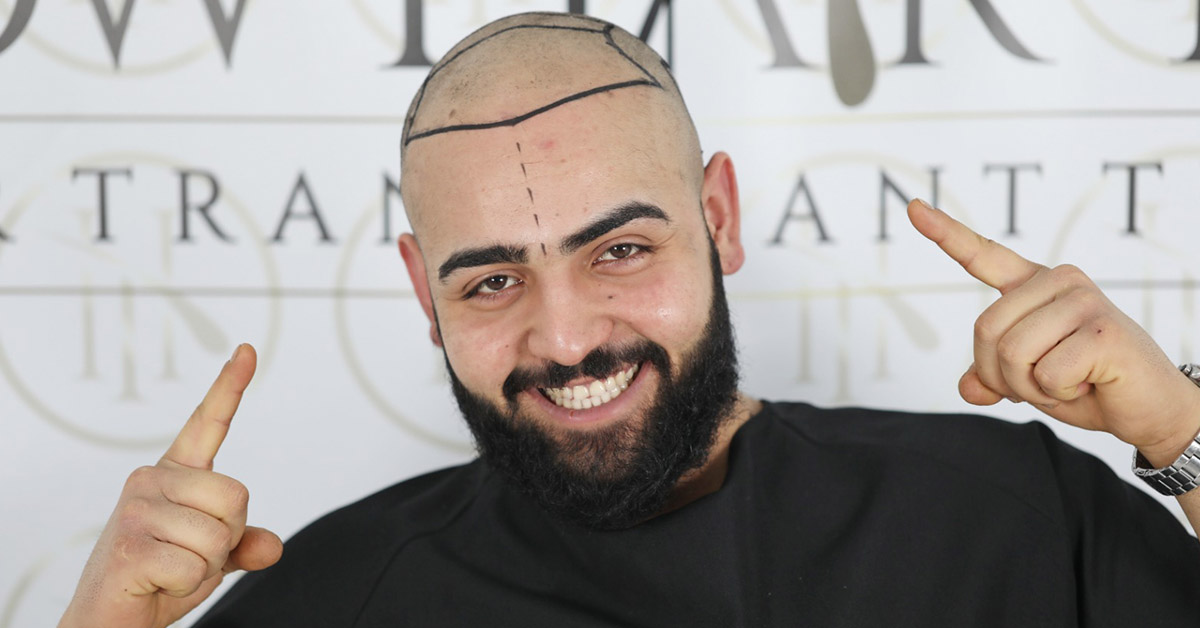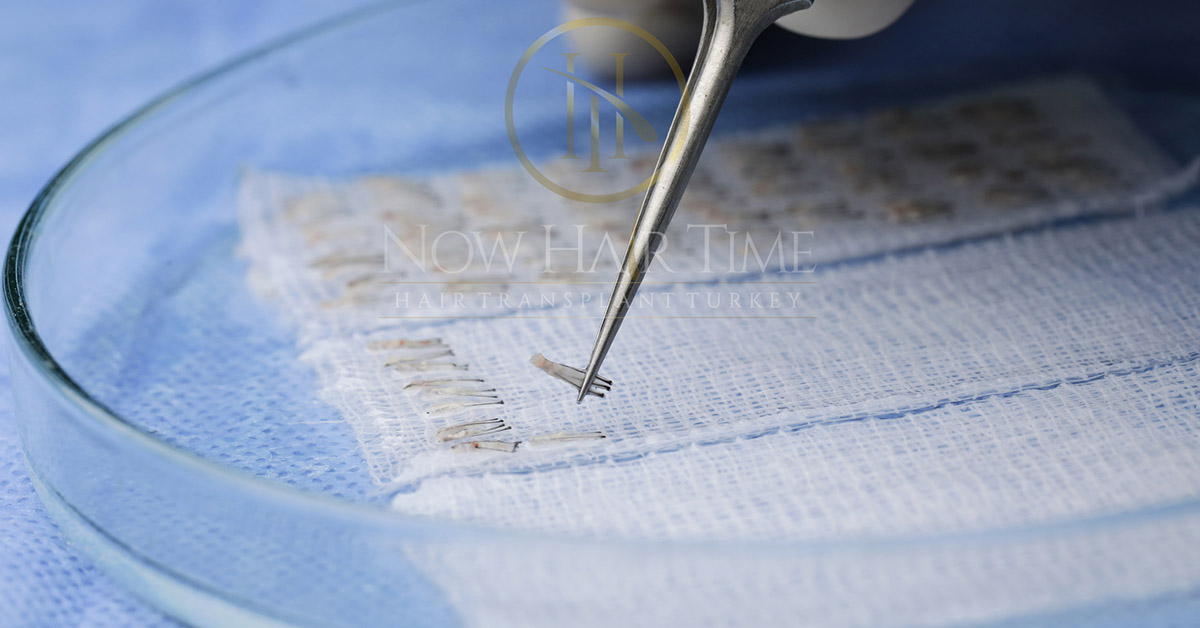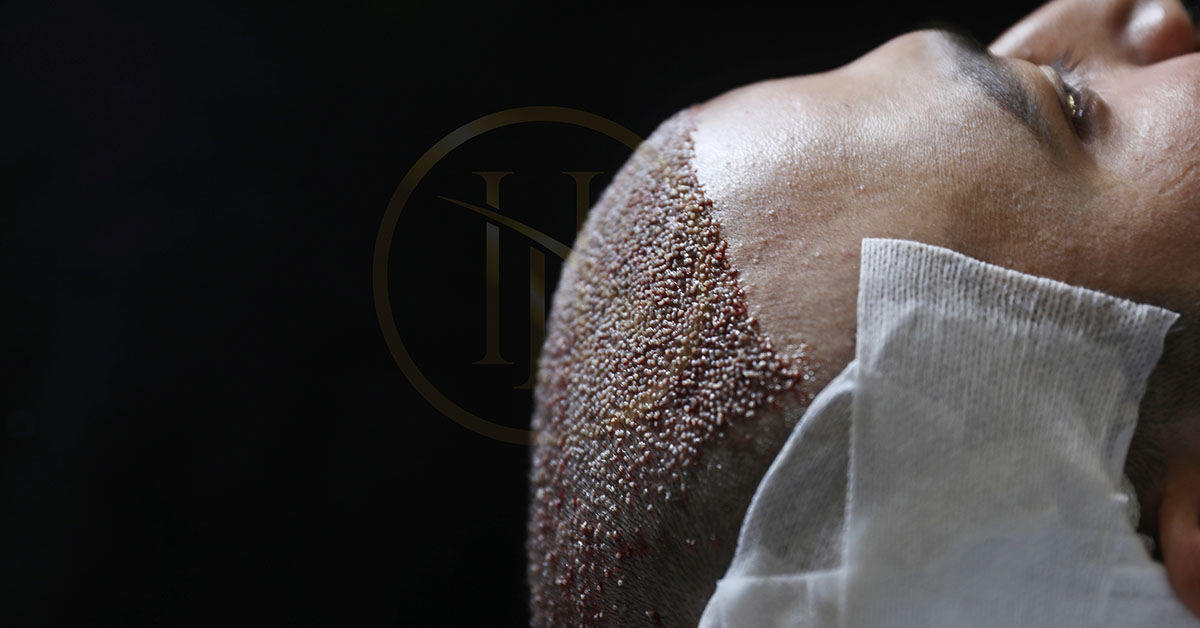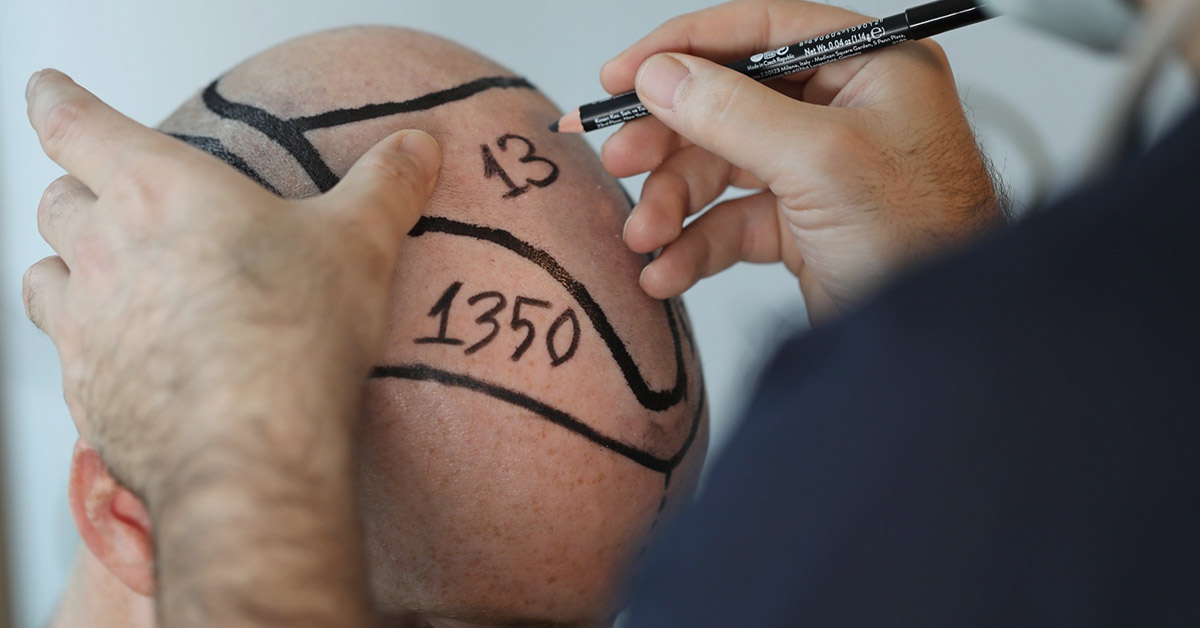Hair Simulation, the Benefits and Harms
There is continuous development and progress in the universe. Advances in the field of technology and science affect the health and beauty sector closely, and many diseases can be cured with new treatment methods. Developments in all these areas have also manifested in hair loss. The diagnosis and treatment procedures have been promoted.
Read this article to learn all about hair transplants.
One of them is hair simulation. Hair simulation is also known by different names such as hair tattoo, hair pigmentation, and micro-pigmentation. In this simulation, a special device, special tip, and microneedles are used. A coloring agent is applied to the scalp.
It is Not a Surgical Practice
In the hair simulation, cyclical devices that shoot at a constant depth are used. The real hair follicles are imitated thanks to the micro-pigments processed on the surface of the scalp. An image is tried to be created as if there was a real hair root on the scalp.
The purpose of this simulation is to minimize the color difference between hair and scalp and to prevent the skin from appearing lighter. Microblading (micro pigmentation) is an image-based, temporary perception technique. Depending on the skin structure of the person, its permanence varies on average 3-4 years. The dyes that have been processed on the scalp disappear from the body within the period mentioned above.
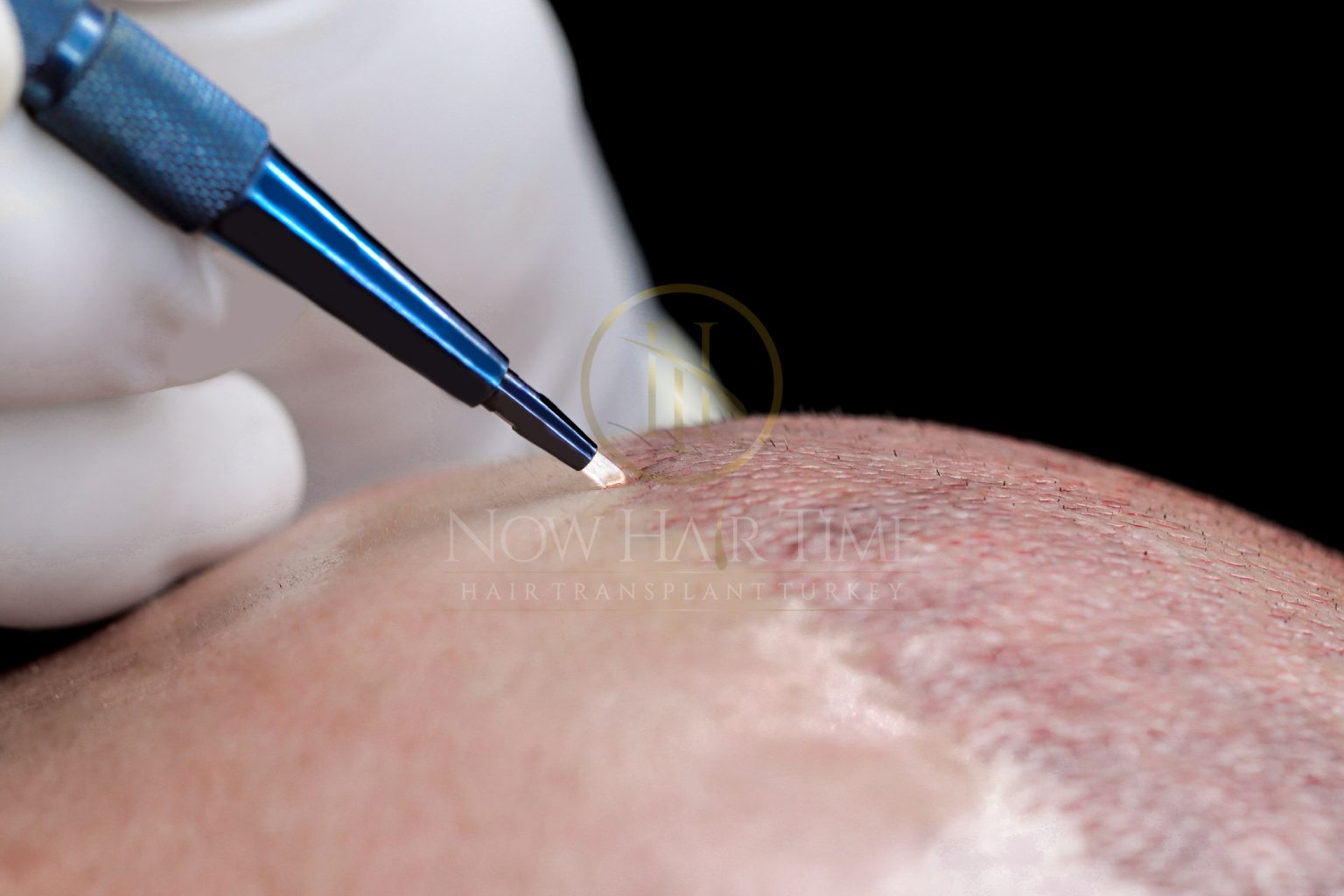
Hair simulations are not a tattoo. Because the needles used in tattoo processes reach deeper into the skin. Pigments can be distributed between the layers of the skin if it is done by tattooing. Even dark spots may occur. Moreover, it should not be forgotten that the dyes used in permanent tattoos change color over time. Black color can turn blue or green.
This causes the natural hair appearance to deteriorate. Due to all these reasons, dyes that maintain naturalness are used primarily in hair simulations. These dyes are accepted more easily by the body and color change is prevented over time. Over time, the colors will fade more naturally, after a while they will completely disappear.
Whether or not pain is felt about hair simulations is among the most curious. First of all, it is useful to remind you that this is not a surgical procedure.
The area to be treated is numbed with anesthetic creams. In this way, the region does not feel much pain as it is anesthetized. Therefore, you will have a hair simulation experience as if you receive hair care for your hair in a beauty center. After the application, there are no scars, cuts, scratches on your head. You can easily continue your daily life.
Hair simulation application is carried out with two different methods. Although there is no difference in the way the two applications are made, there is a difference in their purpose. In the first one, hair is completely shaved. On the other, the shading technique is used in people with long hair.
1. Microblading With Shaving of Hair Completely
Microblading processes, which are done by completely shaving the hair, are applied to imitate real hair follicles. The hair is shaved completely to create the simulation. Small pigment spots are two-dimensional. Our real hair strands are three-dimensional.
After the hair is completely shaved, two-dimensional pigment spots are created with microblading and a newly sculpted image is created in the person. Microblading application is performed by completely shaving the hair in those who have severe hair loss, experience regional hair loss, and those who have widespread hair loss.
2. Microblading With Long Hair
Microblading processes that are made by keeping the hair long are carried out without shaving the hair. These simulations can be performed mostly in women with thinning hair, thinning hair from the top to the side, or in people with small scars that are not very prominent in their scalp. Therefore, the aim is to make the spaces and thinning areas compatible with the existing hair color in this simulation method. In a way, gaps are covered by camouflage.
Good Candidates for Hair Simulations
Hair simulations can be applied to many people in terms of goals, results, and methods. We can list them as follows:
- Those with alopecia areata problems. This disease causes fragmentary hair loss in individuals.
- In patients with alopecia Universalis and alopecia totalis. While alopecia Universalis is a complete hair loss on the scalp and body hair; alopecia totalis is the condition of all hair on the scalp.
- Scars are formed as a result of hair transplants in hair transplant procedures performed by applying the FUT technique. It is applied to cover them.
- Some people may have injuries as a result of an externally acting trauma or burns on their head. It can be used to camouflage all these wounds.
- It can be applied to minor hair loss or thinning hair.
- It can be applied to people with hair loss that reached a very advanced level, which is not likely to have successful results with any hair transplant method.
- It can be applied to people who have thinning hair but do not want to have a shortcut.
Hair Simulation Advantages
People who use hair simulations, as we mentioned above, can have quite a variety of reasons. This causes it to be preferred quite widely because it provides many advantages. The advantages of hair simulations can be listed as follows:
- With hair simulations, a person can have the appearance that their hair has been shaved recently for 3-4 days. This prevents people from looking bald for various organizations, ceremonies, and special occasions.
- Since it is not a surgical application, the healing process is very fast after hair simulation procedures, and there is a minimum risk of infection.
- Since hair simulations are temporary procedures, when the microblading period is over, the person will regain his former appearance.
- The scars on the scalp can be reduced, and scars or similar defects can be covered.
Hair Simulation Disadvantages
As with any application, there are various disadvantages to hair simulations. Although we cannot see some of them as a disadvantage, it would be healthy to explain it in this way as it causes restrictions in the person.
Hair simulation is a temporary solution. It does not offer permanent results like a hair transplant procedure. Pigments used during the process are completely erased within 3-5 years.
In hair simulations, the person must always use the same hairstyle and laser applications are required to delete or change the style.
In hair simulations, one should always protect himself from sun rays and use high factor creams so that the colors do not fade.
Hair should always be kept short so that the image is not distorted in hair simulations. It is necessary to shave every other day or every two days.
Colors fade over time. For this reason, it is necessary to perform touch-up operations regularly. Repeated sessions may occasionally cause spots on the scalp.
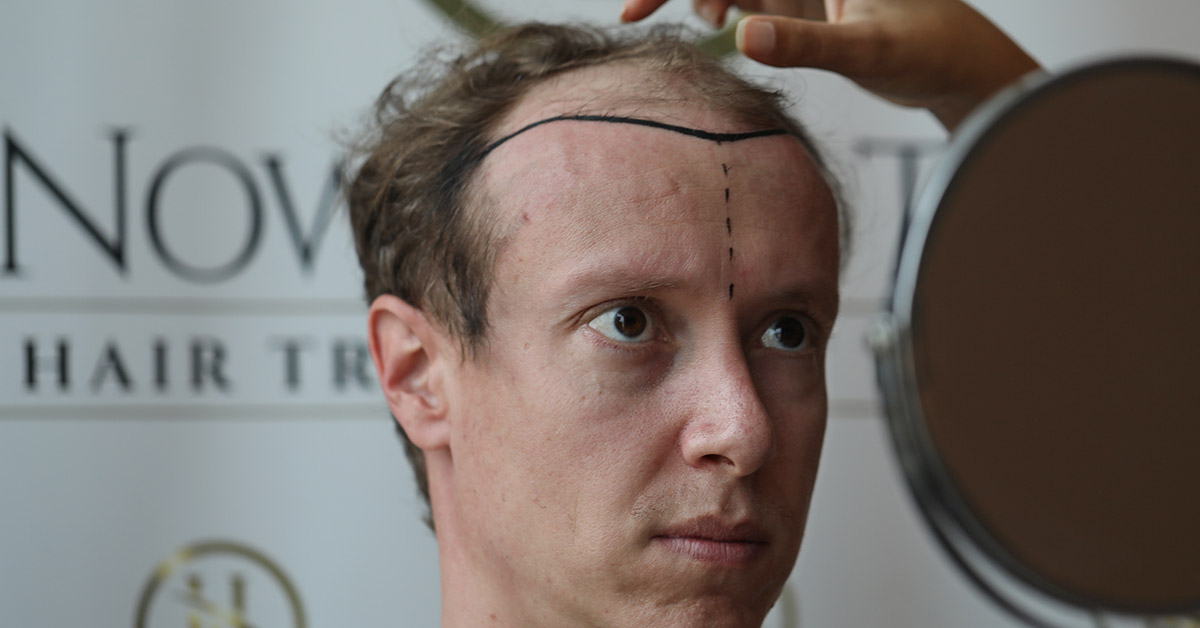
Hair Simulation Application Period
Hair simulation is a very short application. Depending on the width of the area to be simulated, an operation that can take between 2 hours and 6 hours is done.
Sometimes breaks are given during the processing period. During breaks, the person can consume his tea, coffee, food. Simulation applications are accompanied by conversation and the operations are resumed after the breaks. The results also appear at the end of the procedure.
Hair Simulation Prices
When it comes to hair simulations, one of the first things wondered about is the price. However, there is no fixed price in hair simulations.
Because many factors will affect prices. The size of the area to be simulated, the structure of the skin, the characteristics of the skin, the thickness of the hair, whether the person has had a hair transplant before, and other factors cause a difference in hair simulation prices.

